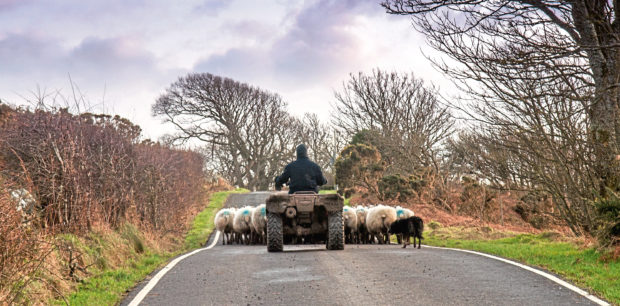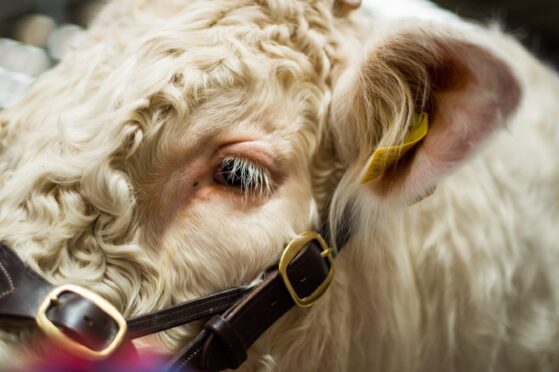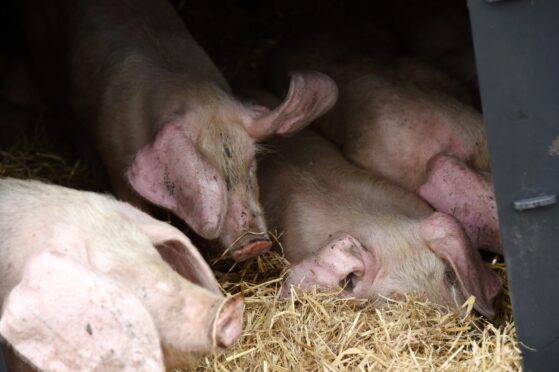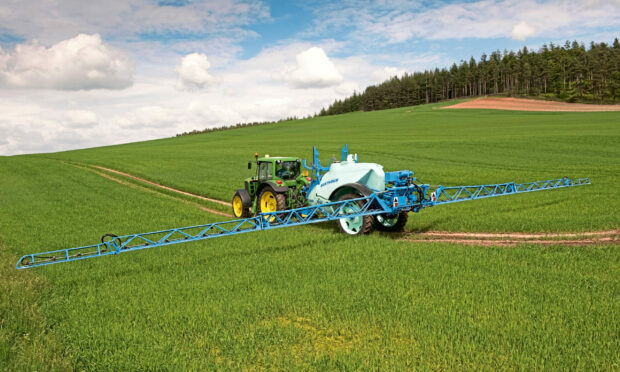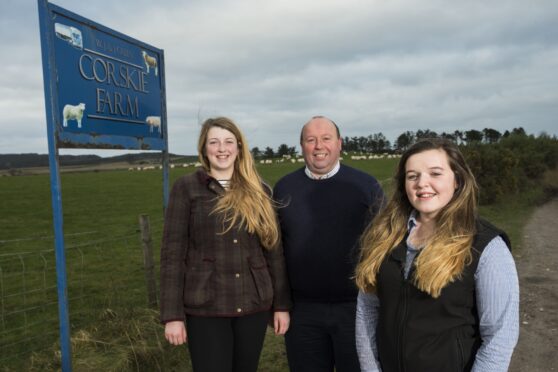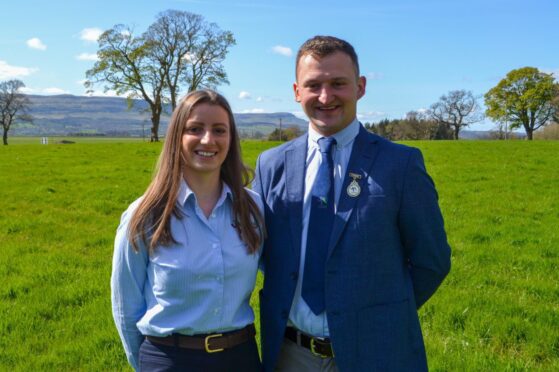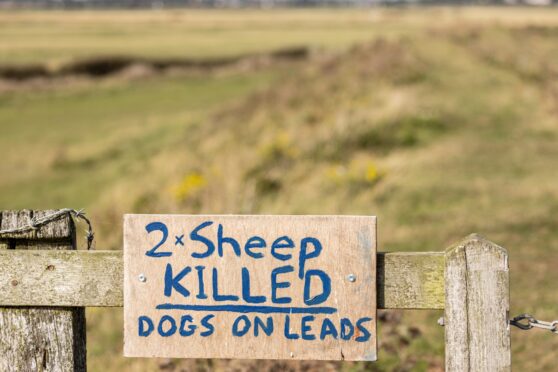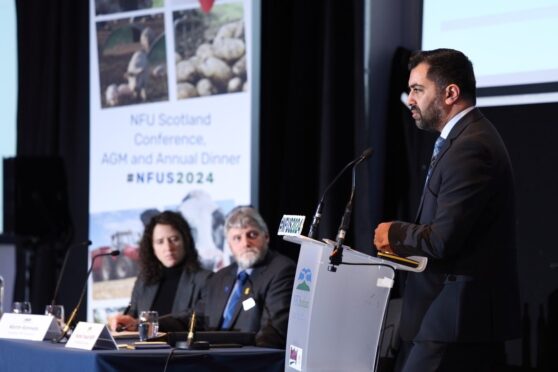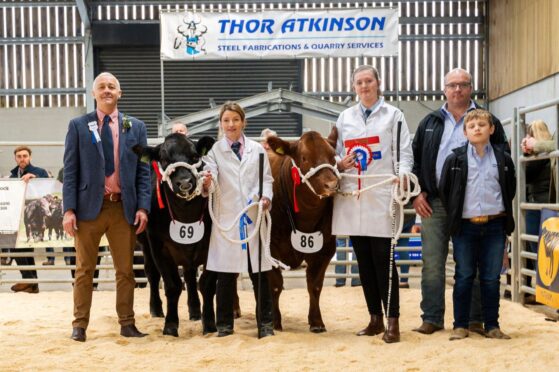Cases of disease due to liver fluke have remained relatively low this winter but there are now reports of both acute and chronic disease in some areas of the UK.
Experts in the Sustainable Control of Parasites in Sheep (SCOPS) and Control of Cattle Parasites Sustainably (COWS) groups have warned that farmers must not ‘drop their guard’ as they believe the recent cold weather has not been enough to remove fluke risk for cattle and sheep.
Philip Skuce, of Moredun, sits on both groups, and said that testing is critical to make sure farmers don’t treat too soon, unnecessarily, or miss a vital treatment.
“The cold snap in December will not have killed off all the liver fluke on pasture, so animals could still be picking up infection that could go on to cause disease,” said Mr Skuce.
“Livestock farmers must continue to test if they are to ensure any treatment is both necessary and given at the right time and with the most appropriate product.”
Diagnostic reports from the Animal Plant and Health Agency (APHA) and Scotland’s Rural College (SRUC) underline the value of using blood testing for fluke in sentinel lambs or calves.
Heather Stevenson, a vet with SRUC, said that less than 1% of the animals tested in September and October were positive, showing that the majority of farms did not need to treat at that stage.
However, this figure rose to 10% by mid-November and 13% in December.
“This is still a small proportion of farms and highlights the potential to treat unnecessarily or too early if traditional timings are followed,” said Ms Stevenson.
“In January, 30% of samples tested for coproantigen (a faecal test) were positive, which underlines the need to keep checking sheep that have not yet been treated.”
John Graham-Brown from the University of Liverpool, stressed how important it is to repeat testing until the risk period is over.
He said that farmers should plan to repeat test in three to four weeks’ time to make sure they don’t get caught out.
The experts say now is a good time for housed cattle to be tested for fluke, using a composite dung test to check for fluke eggs.
If cattle are positive, choosing a treatment that targets adult fluke and avoiding products containing triclabendazole, will reduce resistance selection pressures on the parasite.
Reducing eggs going onto pasture in the spring can help reduce challenge this coming autumn.
